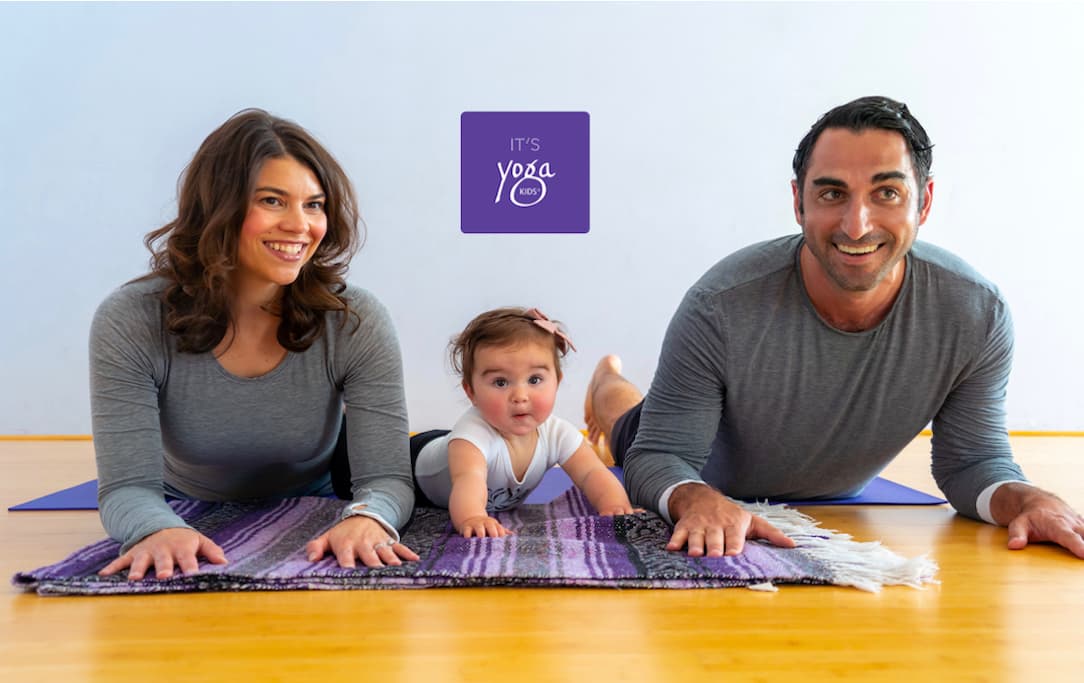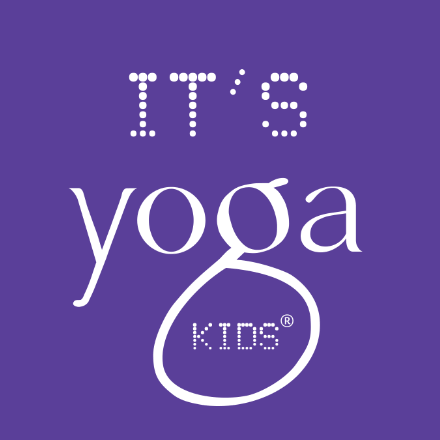
How can yoga help expecting and new parents during the pandemic?
It’s pregnancy and infant loss awareness month. We feel Priscilla Blossom’s honest and heartbreaking essay about the ‘easy’ pregnancies she will never have.
Even “easy pregnancies” seem to be non-existent with tremendous uncertainty everywhere. Jessica Grose, lead editor for NYT Parenting writes, “I have never had an easy pregnancy. My first was marred by depression, anxiety and extreme morning sickness, or hyperemesis; my second ended in a miscarriage; my third was the best of the lot, but I still felt nauseous and exhausted the entire time, and had a six-week-long sinus infection in the middle of it. I feel incredibly lucky to have had two healthy babies after those pregnancies, but I still mourn for those unhappy months, and wish they had been otherwise.”
The number of babies born in the U.S. hit the lowest level in more than three decades in 2019, continuing a five-year downward trend, according to a federal report. The numbers for 2020 are not confirmed yet. For those having babies, the experience varies greatly from our pre-pandemic lives including the stress of birthing in the hospital shared by Covid-19 patients.
In some ways, the pandemic is a blessing for new parents and their babies. The bonding time with both parents and any siblings at home is an unusual gift for a new baby and growing family. Working From Home (WFH) has enabled many fathers to have time with their babies not otherwise available to them.
In other ways, the pandemic is an incredibly isolating time when new parents, moms especially, would be socializing with other new moms and babies in person about the trials and tribulations of their new worlds. The community element of parenthood is essential. Yoga can help us manage stress and uncertainty even in the best of times and certainly in the worst.
Breathe.
Breathe the loss. Breathe the gift. Breathe the pain. Breathe the relief. Breathing works. It’s not easy especially when someone is telling you to do it. It actually makes most of us MAD! But it works. It’s the fastest and most conscious way to calm your nervous system. It works every time. It takes practice. If you can’t find your own breath when in distress, it’s helpful for your partner or a family member or friend to model it for you in the moment. When they breathe, we tend to match their breath and co-regulate. This is most effective for partners and parents with young children. And teenagers! Calming those frustrating moments when we’re all on top of one another is critical!
Move.
Moving shifts energy. It’s that simple. Yoga, in particular, moves every muscle and unsticks - stickiness. I like to think of it as loosening sediment in the body - the kind that’s stuck at the bottom of your delicious wine bottle. We loosen it and decant it to filter it out. That’s what yoga does for your body. Downward dog does wonders. Get on on your hands and feet and shake out each limb. You will feel better for it. Everyday! It’s great for pregnancy and beyond.
Be Still.
Otherwise known as meditation. Being still with oneself is the most challenging and most rewarding of all. To allow all the feelings to bubble up. To feel them. To BE with them. To hold yourself. Sparkling wine tastes better and sometimes has the same effect. But it’s not sustainable. Stillness is. There is no required form here. You can lie down or sit, or curl into the fetal position yourself. It’s our protective instinct to get as small as possible. Hide from pain. Hide from fear. But something happens when you just let it all spill over in silence with yourself. It’s freeing. Something lifts and restores you. With practice it works. There is no right way. Try it anyway your body wants to.
If you have that precious bundle, love ‘em up and look for a class to connect with parents and babies online or outdoors. Enjoy this unprecedented time to the best of your ability. Be present with yourself and your struggles and celebrate your gifts and joys!
Are you and your kids already Zoomed out from distance learning?
It's Yoga Kids® has the perfect BREAK. Think of it as a mini-recess to be used at any point when you need to turn off the screen and turn on your mindfulness.
B Breathe in the fullest breath
R Rest your head on your desk
E Exercise with stretching
A Activate your core strength
K Kick up your feet
To learn more about BREAK and to see it modeled for you, be sure to watch Michelle’s video. Then let us know how it works for you and your kids. Comment and subscribe to our YouTube channel. We need 100 subscribers. More videos to come!

This time of year marks a major transition from summer freedom to fall structure. Typically, parents are preparing for the school year with closet cleanses and refreshing clothing and school supplies. Kids are feeling excitedly nervous about their new schools, classrooms, teachers and friends. That is normal, but with Covid-19, it’s not normal; it’s amplified! Worry is specific (e.g. nervous about the first day of school) while anxiety is general (e.g. anxious about school).
Worry is often felt in the head, is temporary and leads to problem solving. Anxiety is felt in the body and persistent. Yoga helps us identify and cope with both because mental health is always important, especially now.
With Covid-19 cases on the rise and many schools shifting to distance learning online, parents are scrambling to set up safe support systems academically and socially for their children. With the collective worries and multiple moving parts, it’s stressful for kids and parents alike. Yoga helps us adapt to the extra and ongoing uncertainty.
Notice & Observe
Issues emerge when our nervous system kicks into gear without us recognizing it. Our senses perceive a threat and in lightening speed inform the brain. The response always shows up in our body. The next time you’re upset, take a moment to notice and observe where you feel it in your body.
The Sympathetic Nervous System is designed to keep us alive. It’s really effective because it requires no real thought. It’s automatic and helpful for survival, but not so helpful for most of our everyday living. It often creates more problems than it solves! In non-emergency situations, we can slow that system down with Yoga - mindfulness, movement and meditation.
Mindfulness is the awareness of what is happening inside ourselves and outside ourselves so we can thoughtfully respond to a variety of situations. Becoming more aware of sensations in our bodies is why we do Yoga. This awareness brings power to our ability to perceive what is a true threat and what is not. Kids can do it if we show them how!
Stop & Breathe
You’ve heard it before and you’ll hear it again. Science supports the easiest and most accessible action you can take consciously to respond to a stressful situation is to stop and breathe. Breathing slows your automatic response system down so you can correctly assess what’s happening now and what needs to happen next.
Yoga introduces and develops beneficial breath-work with several different exercises that build the skill set over time. It’s never too early to start. Parents practice with babies and toddlers (helps with tantrums) and once kids know how, they model the way. When teenagers can stop and breathe, they have successfully built a healthy habit that will serve them for life.
Move & Rest
Once worries enter our system, they need a way out or they get stuck! It’s important to move and release any anxiety physically. It can be as simple as shaking it off - like a dog does when it encounters and overcomes a threat. It’s the body’s way of getting rid of something negative and it’s important! Research shows stuck energy creates diseases, and at the very least, dis-ease which doesn’t feel good. Plus, Covid-19 related anxiety and depression is on the rise in kids.
Yoga creates shifts so our bodies and minds work better. As a flowing breathing meditation from our toes to our nose, we release and then we rest. A peaceful state of stillness without sleeping is critical for our Parasympathetic Nervous System to be calm and reset so we can recover and become more resilient.
Covid-19 has brought many losses and uncertainty to our lives especially for kids entering the new school year. It’s demanded we slow down and re-think what matters most. Our health is essential, and that is certain. It’s a choice we can make everyday to wear a mask and integrate Yoga into our daily lives with kids both on and off the mat.
Helping Kids Cope
While kids are usually very adaptable, the pandemic can be especially difficult for some children. They’ll also likely be missing school and their friends, so be patient with your kids and help reassure them that things will be okay.
If you’re trying to inspire your kids to read more, graphic novels can be excellent for piquing their interest in books. Not all graphic novels are appropriate for all ages; be sure to consider whether the storyline is age-appropriate, and read a few reviews before you buy.
Another way to help your kids cope is to introduce them to some basic yoga practices. Yoga is great for stress relief, exercise, and mental clarity. Consider incorporating yoga — It’s Yoga Kids has some very helpful tips to get you started — and simple meditation into your kids’ morning and nighttime routines to help them relax and feel ready for the day.
Special thanks to contributor Emma Grace Brown! (emmagracebrown.com)
